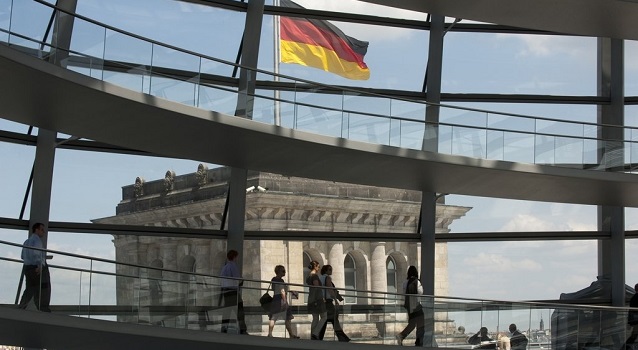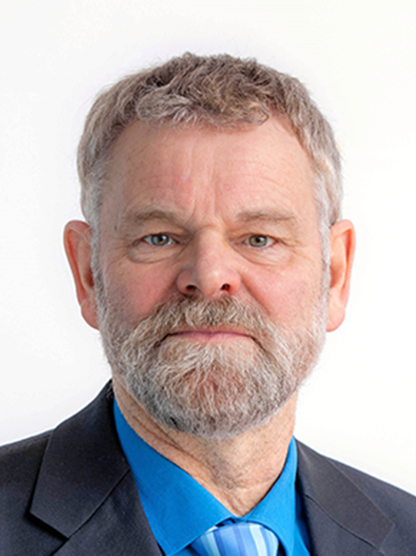Governance of radical environmental innovations
New governance mechanisms in eco-innovation policy: the role of the enabling state in radical system innovation
The objective of the project Governance of Radical Environmental Innovations (Go) was to develop concepts for action and governance mechanisms for the activating and coordinating role of the state for environmentally friendly radical system transformations. These were developed using the example of the innovation field of building-related heat supply.
The project took the following view of the future of heat supply:
About three-quarters of Germany’s building stock is heated with natural gas (about 50 percent) or heating oil (about 25 percent). In order to realize a climate-friendly heat supply without the use of fossil fuels, millions of buildings must be converted or connected to a district heating network supplied with regenerative heat.
When there is no fire there is no heat?
A central problem of the heat transition is that it is understood in terms of its climate policy necessity, but that the transformations necessary in the context of the heat transition are neither understood nor even known by the population or politicians.
Thus, it becomes clear again and again that the path of burning a wide variety of materials, from waste to sewage sludge to biomass or green gas, absolutely shapes thinking about heat supply.
When there is no fire, there is no heat, seems to be a dominant logic firmly anchored in numerous minds. The numerous and very environmentally friendly and efficient low-exergy technologies that provide space heating based on lower temperature heat sources have a hard time in this environment. Building on international case studies of successful transformation processes, four core strategies for successful path change have been identified.
Agenda for a climate-friendly heat transition
Such a path change to a renewable heat supply must first begin with setting a clear agenda for the climate-friendly heat transition and creating certainty of direction.
The following steps are required for this:
- Inform politics, administration and the population about the best solution strategies for a successful heat transition.
- Provide clarity on the economic framework conditions: Significantly higher CO2 tax and reform of electricity market regulation.
- Send clear signals to end fossil fuel energy supply through regulatory bans on the installation of any form of fossil fuel heat generation equipment
Promotion of innovation and niche development
Many technologies for sustainable heat supply have already been tested for many years and are ready for series production. Nevertheless, the promotion of innovation and niche development will continue to be important in selected fields in the future, e.g. in the automation and thus cheapening of heat pump production as well as in the field of development and scaling of “serial refurbishment” up to large-scale readiness for use.
The strategy of synchronization of diffusion and exnovation is to spread new sustainable solutions while pushing back, old, unsustainable and often fossil heat technologies. In this phase, the path change is initiated by clear economic benefits for new solutions and clear exnovation rules, and is framed by the introduction of specific instruments to promote individual renewable heat supply practices and technologies, e.g. by:
- A risk fund to take the risk of not finding a geothermal well or a bankrupt company with a waste heat source off the hands of the often small municipal utilities and energy providers for a reasonable period of time.
- A Renewable Energy Facility Planning Acceleration Act that ensures adequate staffing of state permitting agencies and prioritizes and expedites administrative processes and court proceedings in the context of facility construction if it serves climate protection.
- Energy-related redevelopment areas, in which measures under special urban development law are used to remedy urban development deficiencies with regard to insufficient energy efficiency or the use of fossil fuels for heating.
Structural change program for sustainable heat supply
Furthermore, the infrastructures that are central to a sustainable heat supply must be transformed, e.g. by:
- A package of measures for green district heating that will transform the district heating market to make it fit for the future.
- The abolition of all subsidies for cogeneration plants, insofar as they are to be operated with fossil fuels for the foreseeable future.
Once the process is underway, major financial resources will have to be mobilized to fund the multi-billion heat turnaround program. Economic and economic policy aspects must be taken into account. Individual sectors that face major challenges to expand their economic activities as a result of the heat turnaround should be the subject of a state-supported structural change program in this context.


